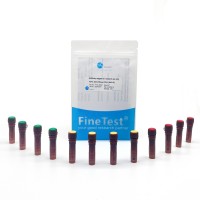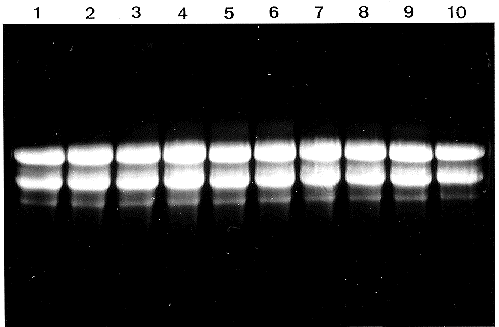The Isotropic Fractionator: A Fast, Reliable Method to Determine Numbers of Cells in the Brain or Other Tissues
互联网
851
Stereological techniques that estimate cell numbers require specific training and elaborate sampling strategies to infer total
numbers of cells in well-defined structures of measurable volume. The isotropic fractionator is a fast and inexpensive method
that requires little specific training and few materials before it can be used to quantify total numbers of neuronal and nonneuronal
cells in the whole brain or any dissectible regions thereof. It consists in transforming highly anisotropic (paraformaldehyde
fixed and dissected) brain structures into homogeneous, isotropic suspensions of cell nuclei which can be counted and identified
morphologically and immunocytochemically as neuronal or nonneuronal. Estimates of total cell, neuronal and nonneuronal, numbers
can be obtained within 24 h, and vary by less than 10% among samples of the same structure. Since the estimates obtained are
independent of brain volume, they can be used in comparative studies of brain volume variation among species and in studies
of phylogenesis, development, adult neurogenesis, and pathology.








